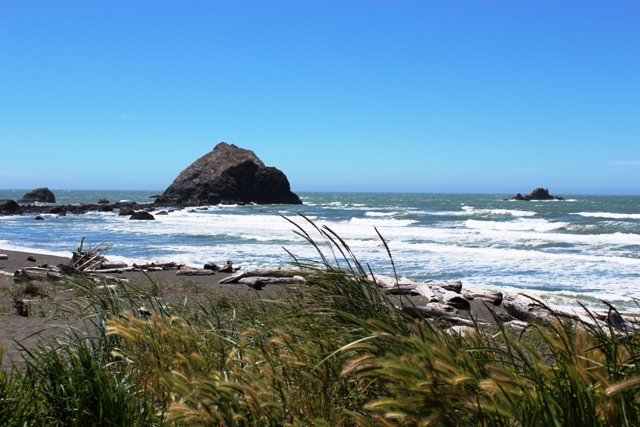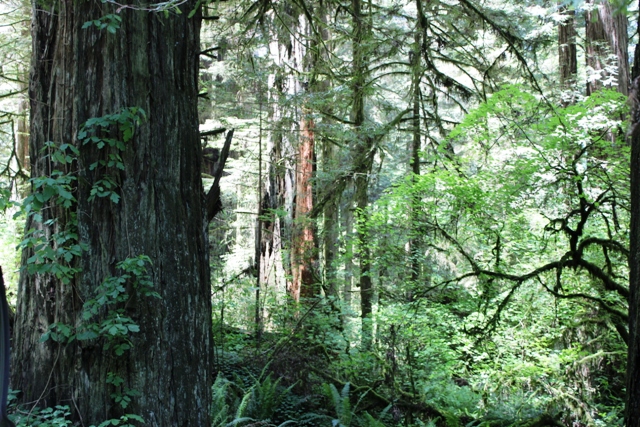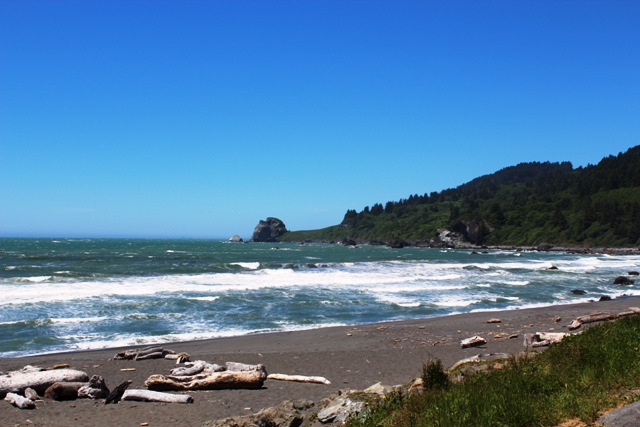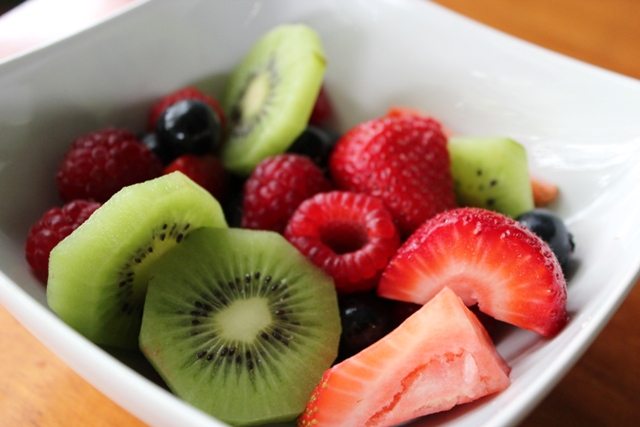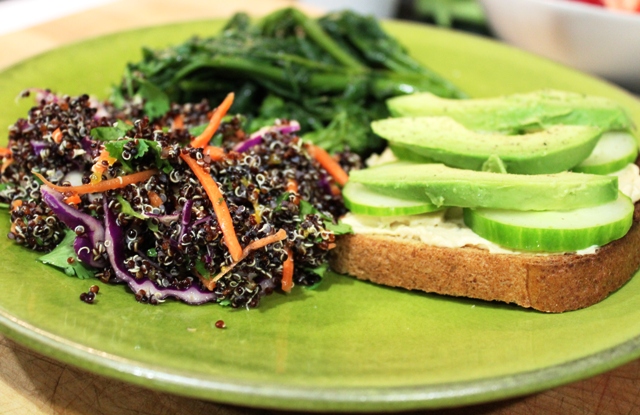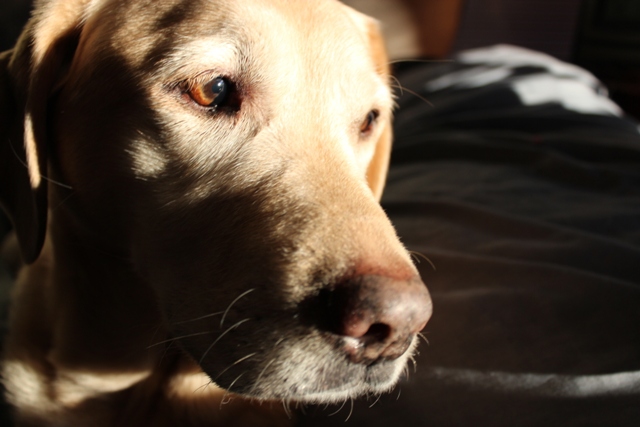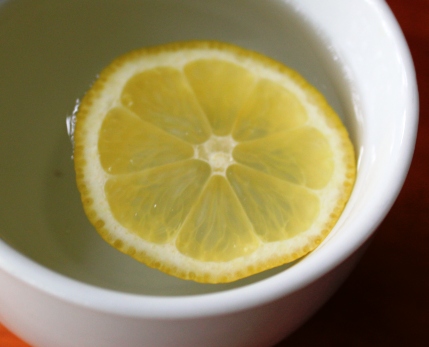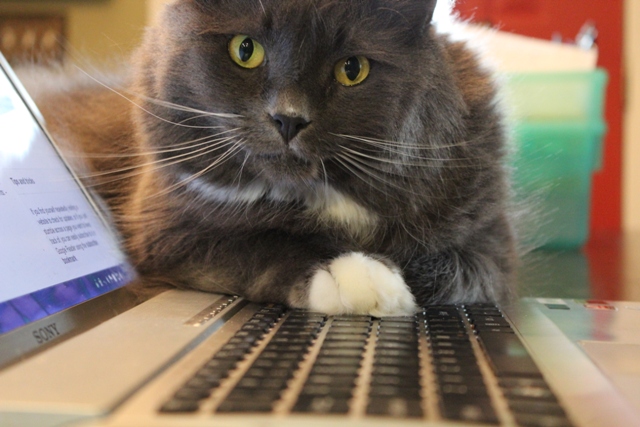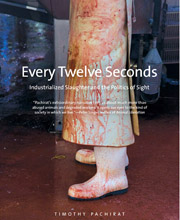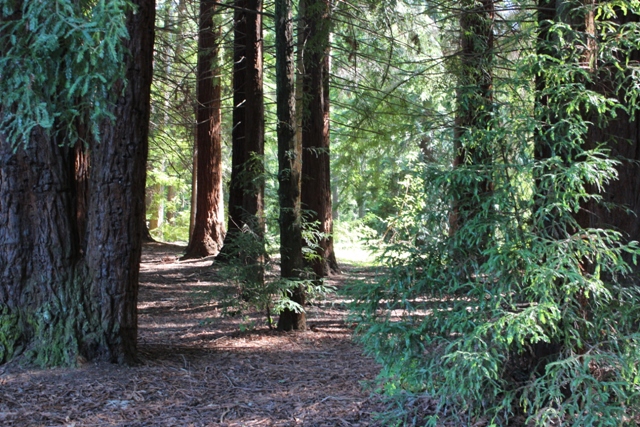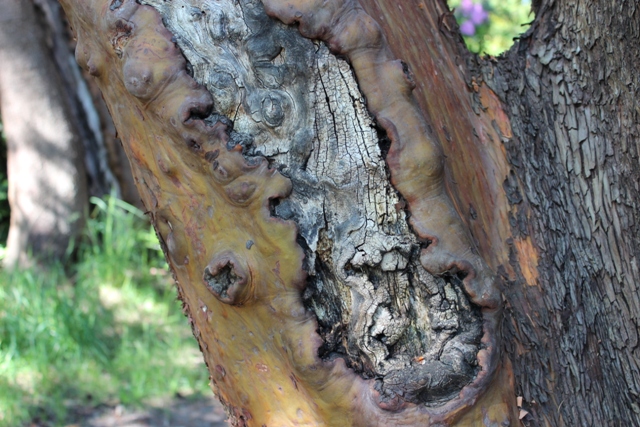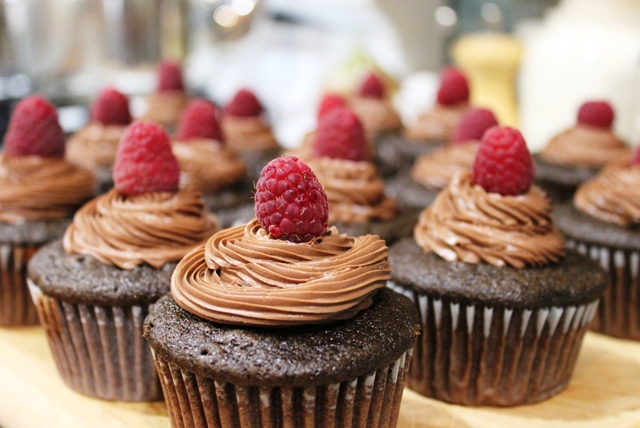One of the reasons Michael Pollan (Author of The Omnivore’s Dilemma, In Defense of Food, Food Rules) has been so successful is that he doesn’t hesitate to tell people what to eat. In fact, his philosophy of eating has become so popular that he published a book consisting entirely of his ‘food rules,’ a simplistic instruction manual to ‘eat this, not that’. Implicit in Pollan’s writing on what to eat is really the question of what to buy. Pollan and those like him in the ‘alternative’ food movement generally emphasize local food consumption—encouraging buying foods at farmers’ markets, avoiding industrial organic and conventional foods, eating meat, dairy and eggs from small-scale producers of so-called ‘humane’ producers, eating whole foods and avoiding processed products. These folks are fans of the ‘Vote with Your Dollar’ mentality—that simply buying the ‘right’ things is the way to change the world. This belief—that we can buy our way to more ethical living—is appealing to the consumer with the ability to spend an extra dollar or two for the local, organic option. And, of course, I fall prey to this mentality in my shopping as well—buying the fair-trade, organic chocolate and coffee, shopping at farmers’ markets when I can, and generally trying to be educated about where the money I spend goes. Further, the ability to spend more money for the ‘more ethical’ option is a privilege that only those with a little expendable income can enjoy. And so it creates a division between those who can afford to ‘eat ethically’ and those who can’t. The label of the ‘conscious consumer’ is a label that is literally bought and is not priced at a price for everyone. I’m not saying that we shouldn’t try to buy the ‘more ethical’ option if we can. What I am saying is that we should be wary of thinking that what we buy does something to substantially change the world. And we should be questioning constantly, “what is ethical?” in the first place.
Take ‘organic’ for instance. When the organic food movement first began, it was a small, fringe movement of farmers and consumers who recognized the dangers of the massive shift to industrial chemical agriculture and wanted to grow and eat food that was grown in accordance with organic, environmentally sound practices. As support for this movement grew, ‘organic’ was co-opted by corporate agriculture firms who, in addition to bastardizing how organic agriculture is done, have lobbied the U.S. government to loosen guidelines for what constitutes ‘organic’ in the first place. As a result of corporate involvement and consumer demand, ‘organic’ food has been the fastest growing sector of the food industry in recent years. This is an obvious example, but this co-optation of ‘organic’ is one example where buying ‘organic’ does not necessarily constitute ‘ethical consumption’.
A more subtle example is in Pollan’s book, The Omnivore’s Dilemma, where he sings the praises of Polyface Farm, a small-scale ‘sustainable’ farm in Virginia’s Shenandoah Valley. Pollan rhapsodizes about the sustainability of this small farm—the way the chickens are moved around the land in a chicken tractor to fertilize the earth and eat along the way, the way the pigs are involved in composting, rooting up the soil, and building nests in the forest, etc. This farm has been the poster-child for small-scale organic multi-species farming and is featured in the documentary Food, Inc. as an example of doing agriculture the ‘right’ way. What is talked about less (or not at all) are things like the fact that Joel Salatin (the owner of Polyface) buys industrially raised chickens to raise there at the farm, there is no question of whether or not slaughtering animals for food is ethical in the first place, and the animals there are not allowed to live much longer than they would if they were raised in a factory farm. And yet, Polyface has become a model for people all over the country to follow as they seek out ‘ethical’ food choices. If each ‘conscious consumer’ could simply find their own local Polyface, then they could relax, satisfied in the knowledge that they had arrived—that finally they could sit down to dinner guilt-free.
There is a local farm here in the Puget Sound that advertises itself in the same way Polyface does–the height of sustainability with everything done there at the farm in a tiny self-sustaining eco-system. I won’t name the farm because the point of this post is not name-calling or an expose. But suffice to say, they are well-known in Seattle as one of the farms who is ‘doing it right’. Despite what they say on their website, they are actually highly suspicious of visitors to the farm (good luck actually getting a tour), neighbors of the farm have reported seeing dead sheep tossed in the pig pens as the only source of pig food, they have an exceptionally high turnover rate of employees on the farm, the animals on their farm frequently escape and are found roaming the area, and a number of their animals have been so poorly cared for that the local sanctuaries have been obligated to take them in. To read their promotional materials and look at the pictures of their farm, you get the sense of total transparency, an assurance that what you see is what you get.
As an ‘ethical vegan,’ I am skeptical (to say the least) of the alternative meat and dairy movement and yet, this post is not about a rant about alternative farming or carnists. Instead, I want to talk about veganism and what I think it is. This post has been building for a while. I’ve encountered a number of vegans in the past few years (mostly online) who are vegan for ethical animal rights reasons and who are so concerned with buying products that are vegan, that they don’t think about the other ethics involved. A major moment of horror for me in my own life was when I ordered a pair of vegan boots online a year or two ago. I had found this pair of boots on sale online and had ignored the twinge of “where were these made?” and ordered them anyway. I felt uneasy about the fact that they were probably made in a sweatshop somewhere, as most clothes from large corporate retailers are. But when the boots arrived, it really pushed me over the edge—I opened the box and there was an overwhelming smell of gasoline. It was the boots! They reeked like petrol! I told myself that they would air out and wore them to school the next day. One of my friends asked, as we were sitting in a coffee shop, ‘Do any of you smell gas?” Yup, that was me and my ‘ethical’ vegan boots. Perfect. Made out of petroleum in a sweatshop, but at least they weren’t made out of animal skin. Right? No.
In my academic work at the time I had been thinking about interlocking and intersecting oppressions—intersections of racism, sexism, speciesism, etc. Veganism is more than just a respect for nonhuman animal life—it should be a respect for all life including humans, animals and the environment. I like to think of veganism as the next step in human evolution—that eventually we will realize as a species that we have no right to exploit other species simply for our own ends. This has to, of course, include our own human species and the environment as well. Animals, humans and the environment are oppressed and exploited simultaneously by capitalism and while I had been reading, thinking and writing about it in my work, I had found it much more difficult to translate this into my own consumptive habits.
What shoes can I wear? Can I eat soy or not? What about palm oil? Industrial soy production contributes to the destruction of the rainforest and is increasingly genetically modified. Palm oil production also destroys forests and, specifically, orangutan habitats (causing a sharp decline in orangutan populations). Soy and palm oil are ubiquitous in processed vegan (and non-vegan) foods. Earth Balance, for one, is either soy or palm oil (or both). Palm oil, in particular, is often not labelled as such. I generally feel like the more we learn and educate ourselves, the more we discover how destructive the choices we make can be. New information constantly comes out to say that a certain food or mode of production is doing some devastating damage to human, animal or plant life and we scurry to modify our behavior to try to avoid contributing to this particular kind of destruction. Some people respond to this knowledge by saying, “Screw this. I’m never going to be able to be perfect, so why bother.” While I do understand this response that comes out of being frustrated and overwhelmed, I think it’s a cop-out. I think, instead, we have to be ready to say, “Okay, this is a bummer, but I don’t want to contribute to this, so now I’m going to change this practice.” This is the motivation for my introduction to the blog (on the About page) where I said that veganism is always a process of trying to live better, trying to live more lightly on the planet in ever more compassionate ways. We have to be open to evolving our ideas of what is compassionate and be ready to remake our daily lived practices to adapt to evolving notions of what is ‘ethical’.
In a practical, everyday way, veganism is about what we consume, but this is not all it is and it is not even the most important thing, I think. Veganism is an ideology that, at its core, believes that another world is possible. For me, a commitment to some of the central tenets of true anarachism is a part of this. Trying to be more compassionate, more open, and more inclusive in our day-to-day interactions is also a part of this. And another part of it is never feeling like we’ve done enough. This is not to say that we should constantly feel depressed by what we cannot do. Instead, we should try to avoid complacency and constantly strive to improve the lives of humans, animals, and ecosystems while we are here for this short time on the planet.
My mom likes to tell me this story about her time organizing for nuclear disarmament. In a moment of hopelessness, she said to a good friend of hers, “What if what we do doesn’t make any difference? What if it isn’t enough?”
Her friend replied, “We do it anyway.”
 Follow
Follow

